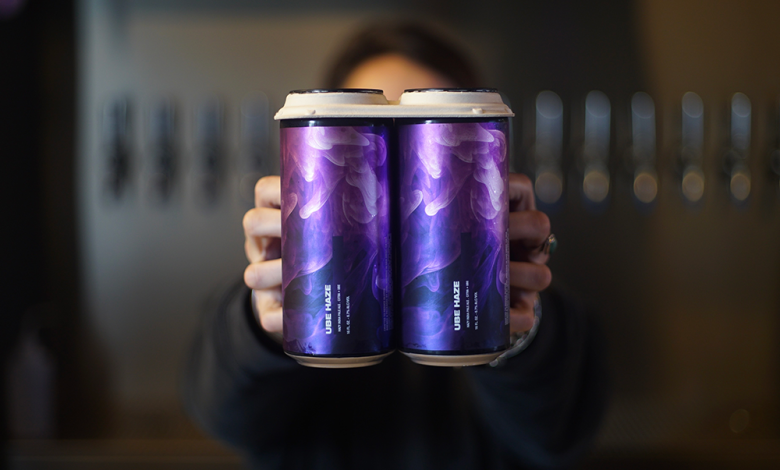
Much as brewers harbor intense passion for the fermentation sciences, marketing professionals love the art and intricacies of their profession. For us, demographics, conversion rates, SWOT analyses and ROI are as infinitely fascinating as fermentation temperatures, yield, malt protein levels and brewhouse efficiency. Although similar in terms of both intensity and necessity for commercial brewing enterprises, marketing and manufacturing are distinctly different.
Few individuals are well versed in the next-level concepts of both disciplines. This often results in a great deal of frustration, particularly for owners of small brewing companies that lack the means to employ marketing personnel and, therefore, must take that on themselves. Feeling like a fish out of water with little hope of – or, honestly, interest in – mastering the finer points of marketing their business, they put in minimal effort or forgo it altogether. But I have good news. You don’t need an advanced marketing degree to effectively market your brewery. Concentrating on the basics, applying logic and some honest introspection can go a long way to forging an authentic connection with consumers, maintaining their interest, and setting your business apart.
As we once again apply our focus on best practices for brewery marketing, we do so with the assistance of two expert practitioners from within the industry; a veteran organization that has long excelled in sharing its brand with the masses, and a new brewery with a marketing maven at its helm. Despite being at very different places in their organizations’ lifespans, they are guided by the same foundational principles, basic marketing building blocks anyone from layman to CMO can put to good use.
Universal Guideposts from Southern Maine
While I have been a professional marketer for nearly three decades, my greatest experiences by far came during the 2010s when I worked for craft breweries. Not only was I marketing something I genuinely loved, high-quality ales and lagers produced by companies with admirable standards and ethea (the non-ironic equivalent of living the dream for any marketing professional), I was part of an industry where would-be competitors openly shared ideas, opinions, and experiences.
I regularly interacted with colleagues from other breweries, both in my home region and at national industry events like the Craft Brewers Conference, and I loved it. There was so much to learn and be gained by working together, plus, as anyone from management to production to sales to front-of-house will attest, industry hangs are just plain fun.
During many of these beer-fueled powwows, my compatriots and I would go on and on about the breweries we thought were positively killing it from a marketing perspective. Everyone had their favorites, but one was at the top of everybody’s list, Allagash Brewing. We all marveled at the exquisite composition of the imagery comprising their social-media feeds, how they induced thirst and interest in their products, communicating exactly what their unique company was about while making the idea of drinking Belgian-style ales in the northeastern-most nook of the United States seem alluring, dignified, and downright sexy. Over the years, Allagash has shifted, pivoted, and broadened its beer portfolio, all the while staying true to itself and doing an outstanding job of communicating what it’s about.
Exemplifying the brewing industry’s rising-tide spirit, members of Allagash’s marketing team are sharing a trio of best practices for breweries to follow. And in keeping with our back-to-basics theme, it’s presented in a quick-hit, straightforward manner to provide succinct to-dos you can quickly and easily tackle as time allows.
Reflect on Who You are as People
When marketing a brewery, it’s easy to get stuck within its four walls, to become fixated on the company, its products, locations, events, and initiatives. All of that is fine – recommended even – but remember to pull back the veil to reveal the people making up your organization, especially enthusiastic individuals who care about your beer, share your philosophical tenets, or authentically contribute to your established image and thematic. Were you marketing a pharmaceutical brand or utility company, this wouldn’t matter, but craft fans care about where their beer is coming from and are interested to know who is brewing and serving it. Revealing that human side isn’t just smart branding, it’s what helps your brewery rizz up and resonate with people who value connection as much as quality.
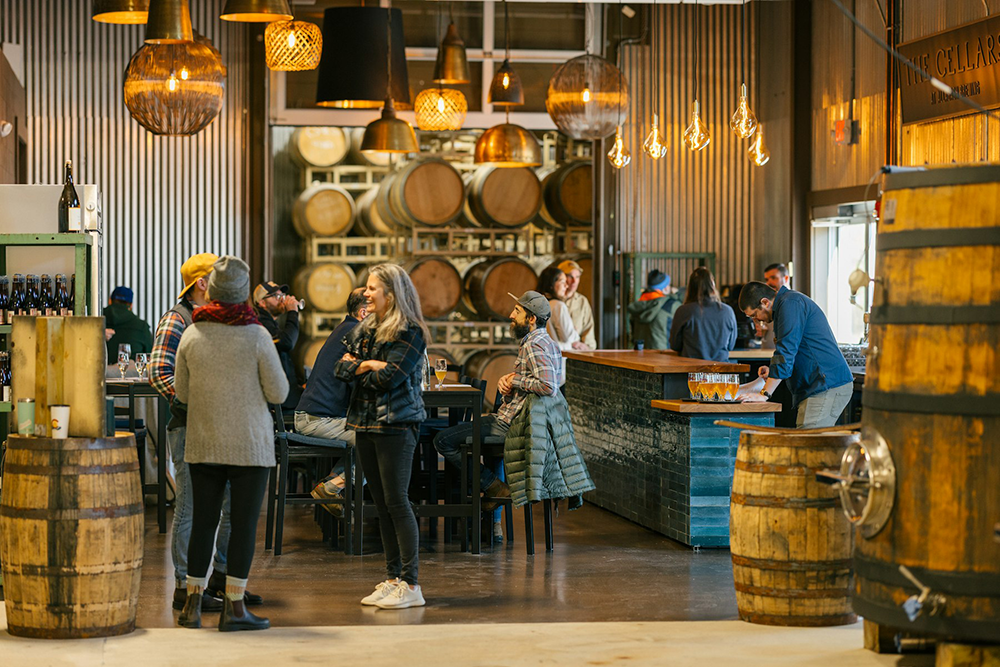
Even though Allagash had established a tremendous public image focusing on its beers, public spaces, and home region, the company attained an unprecedented level of success once it began shining a light on its staffers, the majority of which were passionate not only about beers (with an obvious bent toward Allagash’s), but outdoor activities that, when documented and shared, created an enhanced sense of place along with added elements of adventure and romanticism. Sharing interest in and the interests of Allagash’s employees was a hit out of the gate and now makes up a major part of their marketing playbook.
“For us, it happened organically, where we went from the identity of purely a Belgian-inspired brewery to representing the passions of the people who joined our staff, especially on social media,” says Allagash’s Senior Communications Specialist Brett Willis. “This led us down the road of eventually realizing that these extra touches – lifestyle shots of Maine, getting outside, seeing beer in new places – had become an important part of our identity and helped to set us apart as a brewery.”
Allagash’s approach is simple: Get imagery of its people getting outside, exploring and enjoying life in Maine…then add beer. It’s also simple to duplicate, but it’s important to remember that duplication is not the goal here. You’ll want your imagery of your people to reflect your business. Furthermore, while it is cool to see your beer in a foreign place like, say, a national park or tourist attraction, there’s much more to be gained by cementing your brand on your home turf as Allagash has. Locals have an affinity for their hometowns and often, by extension, local businesses. Connect with them, let them know you and your staff share that civic pride (provided you do, of course), show them why in fun, creative ways…then add beer.
“If you add your passions to whatever it is you’re talking about, the content, ad, post, or blog is always going to be more engaging,” says Willis. “Your excitement will shine through.”
Maintain Focus
“This is one we honestly still struggle with, because there are often so many interesting or inspiring things going on at the brewery that it’s hard to not talk about everything that seems exciting to us,” says Willis. “But given that you, as a brewery, only have so much time and space, you need to be deliberate about what you do talk about.”
Many people struggle with establishing an image or point of view and sticking to it. Willis says it’s easy for companies to be tempted into genericizing their messaging in the name of appealing to as many people as possible, but doing so saps the distinctiveness and individuality from one’s business, thus lessening the appeal of their mass communications. It’s important to stand out, be specific in what your brewery has to offer, and let consumers with more choices than ever before know what void your business fills that no other brewery fills in the exact same way.
And don’t just say it once. Most important messages must be driven home to effectively take.
“Though it will feel very redundant to you, it’s important to think about your consumer,” says Willis. “They often need to hear things many times over to actually internalize it.”
Remain Flexible
Best practices are helpful, but in this ever-evolving world, nothing is foolproof, and nothing is forever. Advancing technology, ever-changing social-media algorithms, and the emergence of new media ensure the latter. Therefore, it is important not to rest on your laurels. Dispel the fantasy that you’ll someday find a silver bullet that will magically solve all your marketing quandaries. While education and experience go a long way, marketing will always involve some degree of trial-and-error.
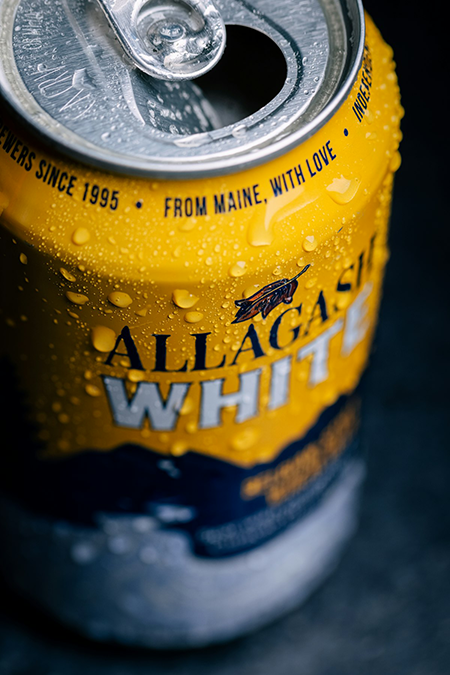
“There are a lot of different ways to market your beer and brewery. Relating to social media, which takes up a significant amount of time, a lot of what we do is just try new things out to see how they work,” says Willis. “Some things work better than others. Sometimes the thing that did great three weeks ago doesn’t go so great this week. Sometimes the thing you didn’t think would do well ends up crushing it. You have to take it with a grain of salt, iterate, find ways to stay creative, and continue to build out that toolbox.”
This is to say that everyone is finding their way. It’s a journey with no definitive destination, just an outlay of peaks and valleys. Realizing that, keep your wits about you, your memory short, and don’t beat yourself up if things don’t go the way you’d hoped or one of your marketing initiatives doesn’t live up to your expectations. In fact, try to avoid expectations and simply strive to do your best. Willis advises not obsessing on your company’s likes and shares on social media, saying that if that’s your key focus, you’ll likely end up mimicking other popular content and that your brand will end up feeling more like everyone else’s. Instead, he says to remain open to pivoting and trying new things.
But how does one decide what to try and what makes sense for their individual company? Revert to the most basics of the basics.
“Knowing who we are has always helped us evaluate different marketing trends, especially on social media,” he says. “If it doesn’t feel true to us or if we don’t have something unique to contribute to it, we typically don’t do it.”
And a Brewer Shall Lead Them
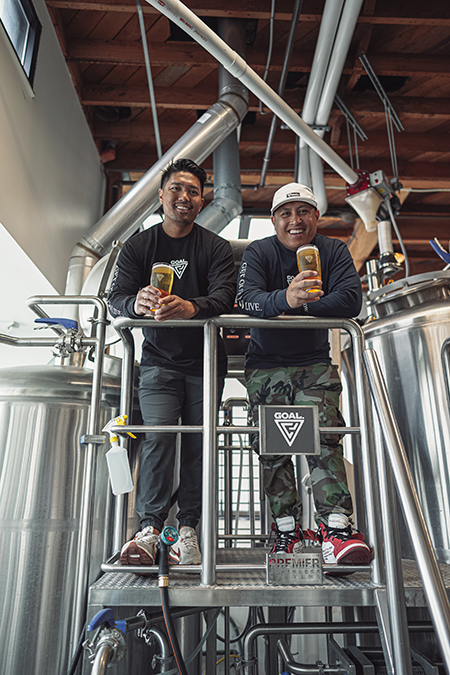
Derek Gallanosa cut his teeth at San Diego’s Karl Strauss Brewing before moving on to launch nearby Abnormal Beer Co., followed by award-winning Sacramento area operation, Moksa Brewing. Last year, he returned to San Diego where he is now partner and brewer for GOAL. Brewing, another brand-new beer concern that, like the pair that preceded it, has fully captured the hearts and palates of Southern California’s craft intelligentsia. That instant notoriety has as much to do with Gallanosa’s brewing skills as his marketing prowess.
Before he ever brewed his first beer, Gallanosa (pictured, at left, with partner Jay Pizarro) established an impressive social-media following amongst his home region’s nth-level beer fans, something he leveraged to build interest in the brewery concepts he would help to build over the next decade, all of which were instantly embraced, allowing them to open to great fanfare. In addition to leading GOAL.’s brewing and marketing efforts, he also teaches the latter discipline for San Diego State University’s Business of Craft Beer certificate program where is has been an instructor for half-a-decade.
Build a Brand that Sets You Apart
In sharing tips from his career and curriculum, Gallanosa starts out where Allagash left off, stressing the importance of not only being true to one’s brand, but taking the time to carefully determine what one’s brand consists of. That work would ideally take place long before a brewery opens its doors.
“You have to find a way to get people excited about your brand before they get excited about your future products. That means having a strong and unique logo, merchandise for sale, and a message to relate to,” says Gallanosa. “That message can be centered around the talent of your staff, the quality of the products, or anything else you think you can stand out with. Gaining momentum before you open to the public just makes everything easier when you have an initial demand from customers.”
While craft-brewing is one of the most blatantly creativity-driven industries in the world, far too many of its members lack – or seem to lack (which is the same in terms of one’s public image) – a unique identity, reason for being, or criteria for consumers choosing them over a competitor. For those who are building their passion projects, Gallanosa urges you to apply as much attention to building a real, compelling brand that outlines your business-to-be’s differentiating factors.
“Companies must first create a brand that could set themselves apart from their competitors. This includes branding visuals, such as fonts, colors, and logos. The language of your brand can affect how your audience views your brand and your business,” says Gallanosa. “Create a company culture and tell a story of your company that would entice new customers to pay attention to you. Marketing starts there, before you start tying in your products to your message.”
Leaning on Your People
As mentioned earlier, Gallanosa was able to share information about the beer brands he was building using his personal social media following. While made up of thousands of independent businesses, the U.S. craft-brewing industry is incredibly interconnected, providing opportunities for brewing companies to expand their messaging’s reach online. All they need are staffers who have their own audiences and an authentic will to advocate for their employers’ brewery and beers.
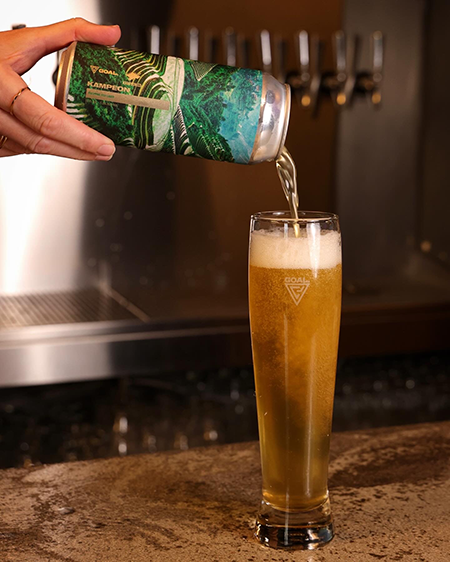
I can’t stress the importance of that last part enough. No pressure should ever be applied to an employee regarding their personal social-media accounts and what they do with them. In fact, the best practice here would be to include influential employees in your social-media marketing versus actively collaborating with them so that you are included on their feeds.
“I would say the best approach would be to make them an ambassador of your brand,” says Gallanosa. “Mix them in your promotions heavier than others and give them enough merchandise so that they can represent your brand beyond the workplace. They can provide influence on their followers, so try to align your professional brand with their personal brand in a way that’s real and makes sense.”
While not everybody employs an influential unicorn with thousands of followers, Gallanosa says there are likely still plenty of folks under your roof that people will find interesting, starting with your production staff.
“Breweries have the unique ability to tell a story from behind the scenes,” he says. “A brewer has knowledge about the products and processes that many people do not but may be interested in learning.”
Take a step back and look at your staff, seeing them as people first, employees second (i.e., the way your audience does). Like Gallanosa and Allagash, you’re likely to find some secret weapons in your efforts to connect with current and potential fans.
Going Beyond Beer & Typical Consumers
More than a popular brewer and tasty beer have made GOAL. an instant success. So, too, have all-important differentiators, the first of which is the incorporation of nostalgic imagery that has nothing to do with beer, but rather fashion.
“We are incorporating non-beer cultures into our branding. All of our hazies are sneaker-themed and our West Coast IPAs are car-themed,” says Gallanosa. The cans those hoppy beers are packaged in are designed to mimic vintage Air Jordans, speaking to an entirely different subculture, members of which may discover GOAL. based solely on their affinity for the NBA, Michael Jordan, or Nike. “For some, the cans become collector’s items. It’s been fun seeing new customers come into the taproom because of these themes.”
GOAL., which is Asian-owned-and-operated, has also benefited from reaching out to individuals of Asian and Pacific Islander heritage. Both of those groups are underrepresented in the brewing industry and have responded extremely positively, thanks much in part to the manner Gallanosa and his team are presenting their company and their beers, going beyond their tasting room to the places those individuals live, work, and play.
“The best strategy for breweries looking to appeal to underrepresented ethnic groups is to sell beer into accounts within their neighborhoods,” says Gallanosa. “Making an ethnically inspired beer is just not enough, because that still requires people to come to you. You have to create accessibility by bringing the beer to where your target customers are.”
In the end, that rule applies to most brewery marketing. The goal (pun intended) is to go out to consumers with vital, engaging, useful information to help influence their purchasing decisions and inspire action. Before doing so, know exactly who you are and who your people are, the unique things you have to offer, and why consumers’ faith should be instilled in you over others…then add beer.
This article originally appeared in the September/October 2024 edition of The New Brewer Magazine, a publication of industry trade organization, the Brewers Association

